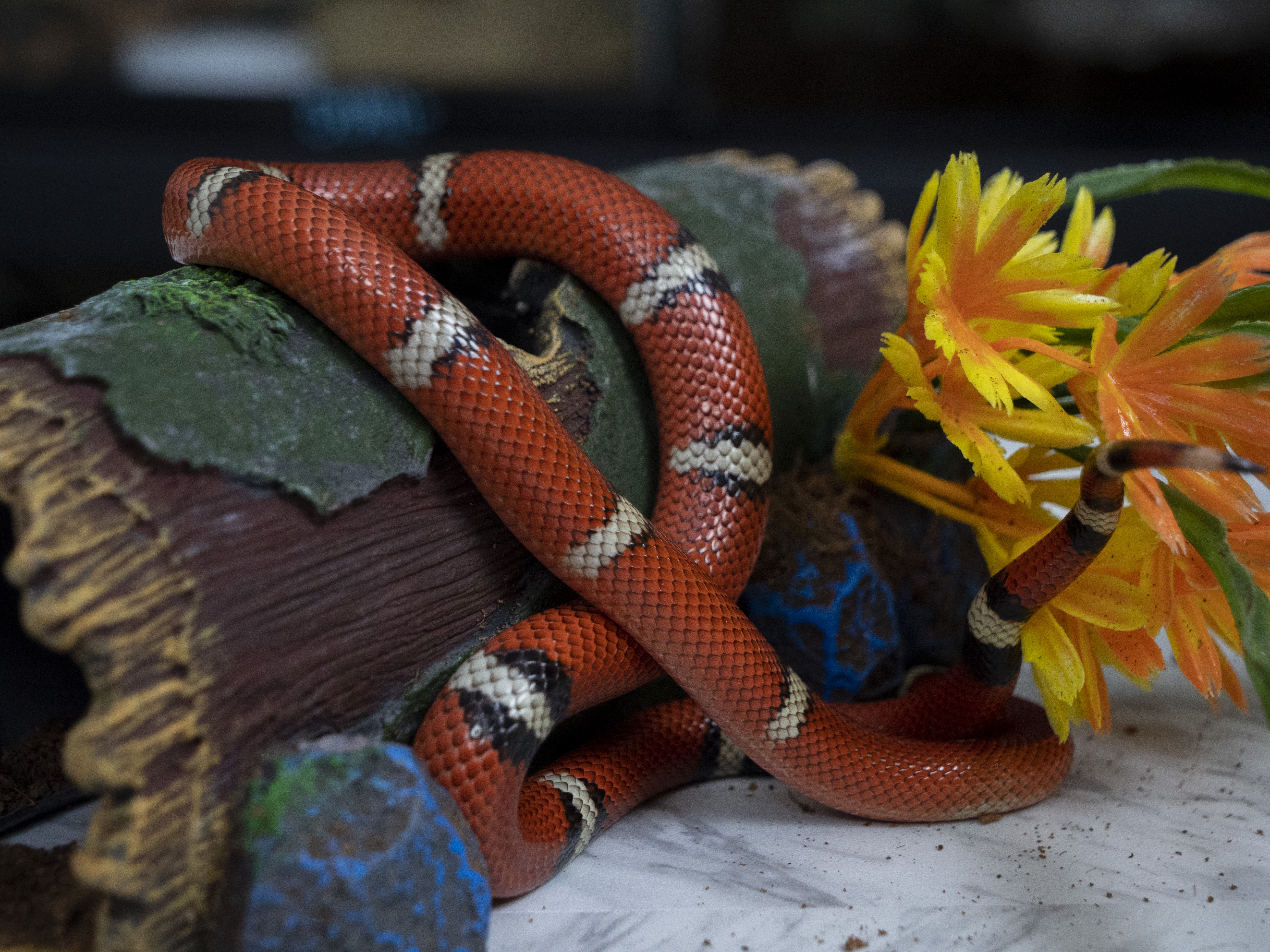
I have seen someone told the species of snake they bought from me on one day, and by the next day have already posted a picture in our group with an incorrect label as they misheard or misremembered or misunderstood, so that is how easy it is for information to get mixed up. Buy from a reputable reptile shop or direct from the breeder if you want a guaranteed species, as once a snake goes through third parties – especially those who bought the animal as a pet and so didn’t attach any real importance to the exact species or origin – the original information is often forgotten or confused. This is why it’s so important in captivity that breeders understand the source of their animals and pass that on. Generally speaking an experienced eye should be able identify them by the size and number of banding and some determination may be able to be made by counting scales and comparing, but this isn’t always a guarantee, and it’s very easy for these snakes to interbreed which adds a great deal of confusion. Colours can be very variable between the locality and origin of the species, so judging by colour alone is difficult. There are twenty five different subspecies of Milk Snakes that inhabit the same geographic range, most mimic the venomous coral snake, with a black head, then white and black banding, leading to a base red body and bands of black white/cream black.

Nelson’s Milk Snake Identifying the three In the Nelson’s Milk Snake the black rings are two to three times the width of the white rings, which are usually quite narrow. Nelson’s Milk Snakes ( Lampropeltis triangulum nelsoni) can be found widely across many areas of Mexico and is around the same size as the Sinaloan Milk Snake, with lengths between three and four foot on average.

Sinaloan Milk Snake Meet the Nelson’s Milk Snake It is a fairly medium size in the Milk Snake range, reaching from three to four feet, with averages around three and a half foot. The black and white bands themselves are usually around the same width. The Sinaloan Milk Snake has larger red bands than other closely related species, because these bands are much larger, the black and white bands are reduced, making it an easier snake to visually identify. The Sinaloan Milk Snake ( Lampropeltis triangulum sinaloae) comes from Southwestern Mexico and the areas of Sonora, Sinaloa and Chihuahua. With good care in captivity, the lifespan of all three snakes described here is up to or in excess of twenty years. It comes from grasslands and fields, where it hunts small rodents. The Mexican Milk Snake, as the name suggests, comes from Mexico (Coahuila, Tamaulipas and Nuevo Léon), but can also be found nearby in southwest Texas. Juvenile Mexican Milk Snake at Reptile Cymru This makes ideal for those who only have a small space for a habitat. The Mexican Milk Snake (reclassified from Lampropeltis triangulum annulata to Lampropeltis annulata in 2014) is one of the smallest species of Milk Snake, with most adults rarely exceeding two and a half foot, and some smaller individuals may only be one and a half to two feet in length. 16.3 Incubation and Hatching Meet the Mexican Milk Snake


 0 kommentar(er)
0 kommentar(er)
